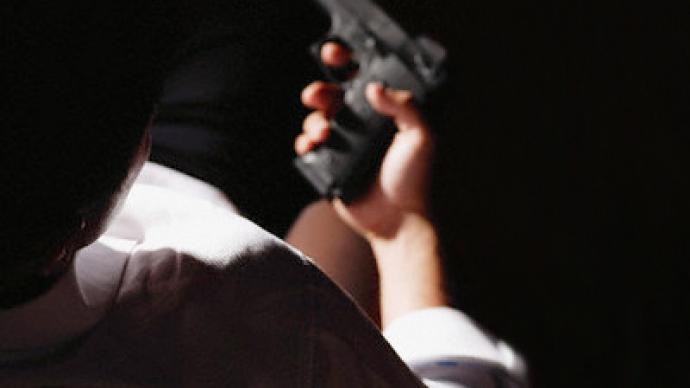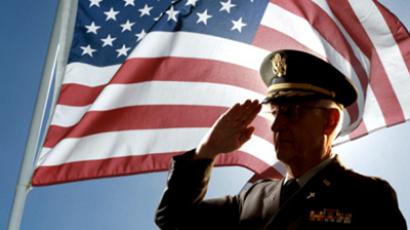Purple Heart hero commits suicide

Corporal Clay Hunt earned a Purple Heart in Afghanistan. Among his colleagues, the 28-year-old Marine-turned-construction worker was known for putting others before himself time and again.
Once Hunt flew to a German hospital to accompany a peer that had been shot in both legs, while Hunt himself had taken a bullet to the wrist a day earlier. He lobbied for veterans on The Hill, performed humanitarian work in Haiti and helped build bikes for wounded veterans after receiving an honorable discharge in 2009.Hunt’s benevolent behavior has come to a head, though. Corporal Hunt, a hero to many, is dead.It wasn’t the gunfire and cataclysmic combat that he faced in Iraq and Afghanistan that killed him, though. Well, in a way, it was.Hunt is, according to Army Times, one of around 18 American veterans that commit suicide each day. Data released last year says that there is an average of 950 suicide attempts each month by veterans, and those are just the ones that are receiving treatment from the VA Department. Their suicide hotline has been receiving about 10,000 calls a month from service members—both former and current—and data released from the department in 2010 says that of the more than 30,000 suicides each year in America, veterans constitute around one fifth of them.Matthew Pelak served in Iraq and worked alongside Hunt doing humanitarian work following the Haitian earthquake. To the Associate Press, Pelak acknowledges the trend. "We know we have a problem with vets' suicide, but this was really a slap in the face," says Pelak. Hunt’s death has come as a shock to many even though statistics have shown that this plague is far from outside the periphery. Since retiring from the military, Hunt had devoted much of his time towards efforts that better the lives of his fellow soldiers that have faced hardships as a result of their service to America.Despite his regular rallying and rooting for his fellow servicemen, Hunt was never able to escape the horrors he faced on duty. "I think everybody saw him as the guy that was battling it, but winning the battle every day," says Jacob Wood, 27, a friend that worked alongside Hunt in Haiti and in the Marines. "He really was looking for someone to tell him what it was he went over to do and why those sacrifices were made," Wood says to AP.Many men and women who served or are currently enlisted in the military are still searching for a way to make sense of their service. All too many have given up that search, however, and given up on life.309 active servicemen committed suicide in 2009, a number that has grown in recent years. The number of those that attempted to take their own lives in ’09—over 1,000—is more than three times that of those killed on the battlefield. The tally of those that did take their own life between 2005 and 2009—1,100—comes close to exceeding the number of military personnel killed in Afghanistan in nearly a decade.“Why do we know so much about suicides but still know so little about how to prevent them?" asks Eric Shinseki, a secretary at the VA. "Simple question, but we continue to be challenged." As simple of a question, it doesn’t solve the problem. And it doesn’t bring Corporal Hunt back to life, either. Nor does it the hundreds who can’t make do with the dilemma themselves every year.













